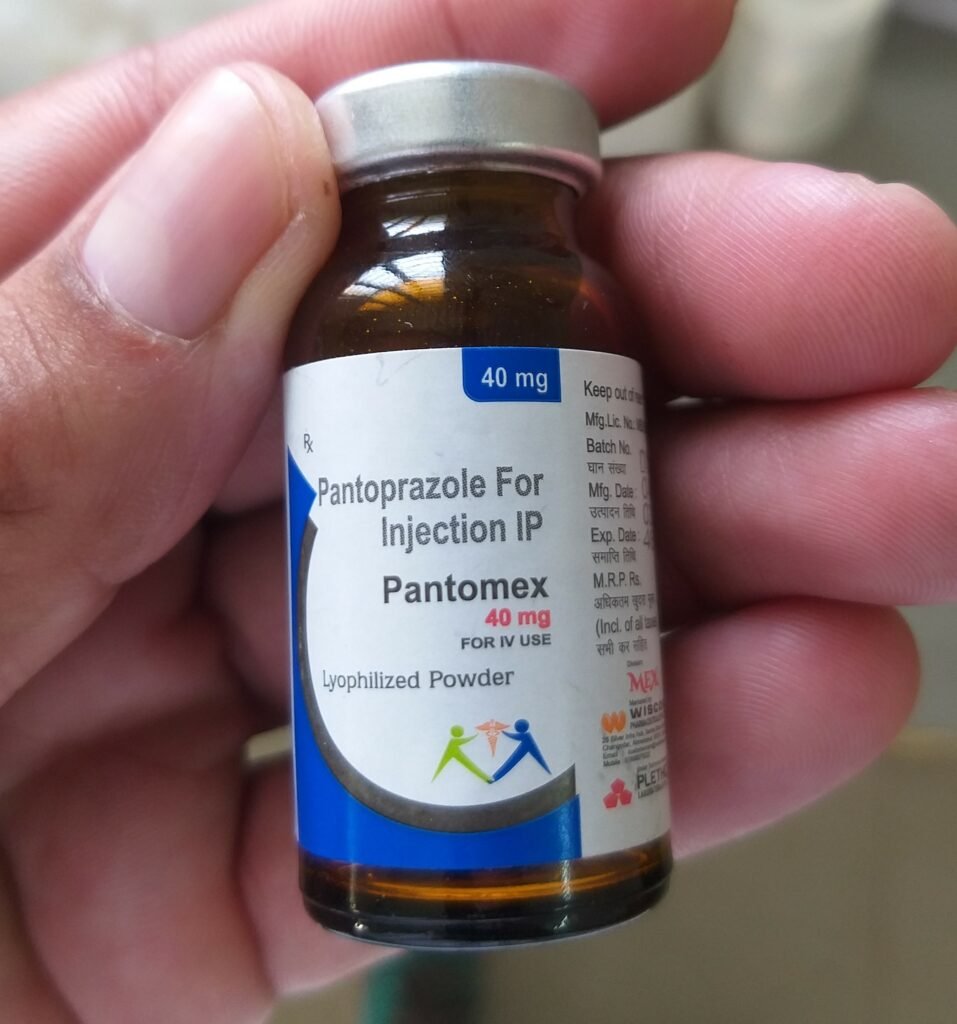TABLE OF CONTENTS
Xylazine
Xylazine is a Alpha 2 agonist which has predictable sedative analgesic and muscle relaxant action in animals.
Sedative analgesia are improved when Xylazine is combine with Ketamine. Xylazine also can be combined with Butorphanol, Guaifanesin and Benzodiazepine.
Group
Xylazine is grouped in Alpha 2 agonist and Anaesthetic medication.
Mechanism of Action
Xylazine binds with alpha-2-adrenergic receptor and decrease transmission of the signal. The results are decreased sympathetic outflow, analgesia, sedation, and anaesthesia.
Xylazine can be administered epidurally and will have longer duration of analgesia in cattle.
Dose Rates
- Dogs: 1.1 to 2.2 mg/kg IM SC IV
- Cats: 1.1 mg/kg IM SC IV
- Horses: 1.1 mg/kg IM SC IV
- Cattle: 0.05 to 0.2 mg/kg IM SC IV
- Sheep and Goats: 0.05 to 0.2 mg/kg IM SC IV
- Pigs: 0.5 to 2 mg/kg IM SC IV
Lower doses should be given IV, higher doses IM, SQ. Cattle, sheep, goats are extremely sensitive to Xylazine, use with caution in ruminants.
Indications
- As a Sedative
- As a Anaesthetic
- As a Analgesic
Xylazine is used for sedation and analgesia more frequently in large animals than in small animals. Dexmedetomidine is typically favoured in canines and felines.
Take normal precaution in managing any unconscious or semi conscious ruminants to prevent inhalation pneumonia and bloat. Don’t leave the animals under the influence of xylazine in the sun. In ruminants lower dose should be used if sedation without recumbency is desired.
Contraindications
- Pregnant Animal (When given to cattles during pregnancy, xylazine reduces blood flow to the uterus and may result in less oxygen being delivered to the fetus, particularly in the later stages of pregnancy.)
Interactions
- CNS depression is significantly exacerbated by use with opioid analgesics
Adverse effects
- Drooling of saliva in ruminants
- bradycardia, Arrhythmias, decreases cardiac output
- Gastric reflex in dogs
- Induces vomiting in both dogs and cats during the early onset of sedation
- Vomiting is the most common acute side effect in small animals (More in Cats than Dogs)
Toxicity
Severe CNS and respiratory depression, hypotension, bradycardia can be seen.
Preparations
Injectables: 20mg/mL, 100mg/mL

